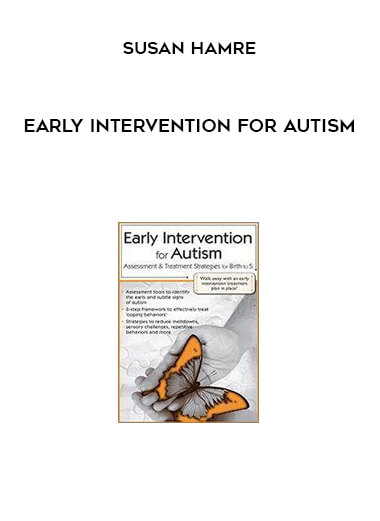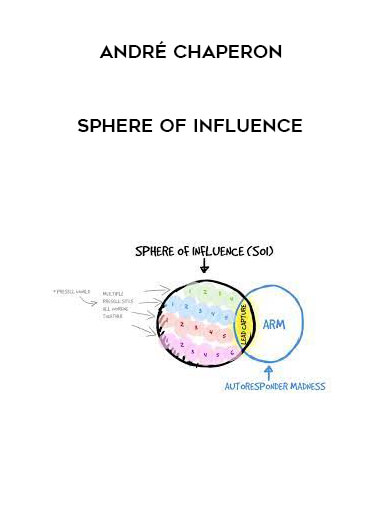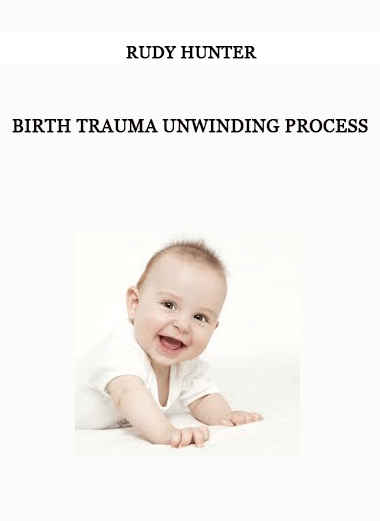Courses Infomation
Early Intervention for Autism from Susan Hamre
 Early Intervention for Autism Assessment & Treatment Strategies for Birth to 5 from Susan Hamre
Early Intervention for Autism Assessment & Treatment Strategies for Birth to 5 from Susan Hamre
Faculty:Susan Hamre
Duration:6 Hours 35 Minutes | Format:Audio and Video
Archive : Early Intervention for Autism from Susan Hamre
Outline:
Assessment and Screening
Count developmental achievements
Autism’s “red flags”
Infants who are neurotypical and at risk have subtle differences.
newest early intervention research
case studies for videos
development that is at danger and neurotypical
Autism’s subtle, often missed symptoms
Different outcomes from early intervention
Framework for treatment: Interrupt/Replace Coping Methods
the reasons behind the exhibited behavior
Recognize and encourage sensory avoidance or seeking behaviors
Pair favorable and undesirable behaviors to promote change
Activities that may be substituted that won’t affect abnormal conduct
The ability of diversion to change inflexible behavior
Encourage participation since it was initially tied to their interests.
Remove the “sticky” focus.
Taking action to diversify a child’s play-based activities
Treatment Methods trategies for “Coping Behaviors”
Meltdowns/tantrums ‘Stimming’
sensory avoiding/seeking
decreased involvement
diminished social reciprocity
Hyper-focusing
reluctance to hold or cuddle
eating and sleeping difficulties
Recurring actions
inadequate communication
Treatment Case Studies for Resistance to Change: How to Start Therapy with a 9 Month Old 14 Month Old Who Doesn’t Respond to Pain
2 year old with attention problems
Create Personalized Treatment Plans
Create more realistic goals.
Analyze behaviors to create successful treatment strategies
Create a therapy strategy for your patient.
fewer insurance rejections
writing attainable objectives
Documentation: Treatment progression measures
Description:
methods for evaluation to spot the early and subtle indicators of autism
an eight-step approach for treating “coping habits”
Techniques to lessen tantrums, sensory difficulties, repeated habits, and more
Spend time honing your important observational skills for identifying the early and subtle indicators of autism while watching autism specialist Susan Hamre, MA, CCC-SLP. The behavioral differences between a neurotypical and an autistic newborn are so small that they can be easily overlooked and end up profoundly embedded in the child’s nervous system.
You will gain knowledge about treatment methods that can successfully halt and replace the emergence of several “coping behaviors” displayed by autistic children (ages 0-5), such as:
Meltdowns/tantrums
‘Stimming’
sensory avoiding/seeking
decreased involvement decreased social reciprocity
Hyper-focusing
reluctance to hold or cuddle
eating and sleeping difficulties
Recurring actions
inadequate communication
The delay in receiving early diagnoses can be eliminated with the use of this recording, providing kids a better opportunity of creating some sort of communication system. You will leave the session with new and better techniques so that treatment may start right away when a diagnosis is established. This will be accomplished through case examples, videos, and an engaging class discussion.
Leave with the abilities and methods required to:
Recognize nuances that set neurotypical and at-risk babies apart.
Recognize the “red flags” of autism in young children, toddlers, and newborns.
Make sure to tailor your therapy strategies to each child’s particular needs.
Reduce insurance denials since more indicators of success are being made
provide you assistance so you can cooperate with families and other professionals
Display the effects of evidence-based therapy techniques that can improve your clinical outcomes.
Salepage : Early Intervention for Autism from Susan Hamre































Reviews
There are no reviews yet.